|
I am happily settled in my new home and have been able to finish my first new piece of the year, which I've called 'Banyan Hideaway. Before I was able to get started I needed to buy supplies as I brought minimal tools with me. I really didn't want to needlessly transport lots of tools or materials half way around the world and am looking forward to finding new materials to work with. I am determined to make use of what I can locally sourced and am reluctant to import tools or materials unless I absolutely, desperately need them. One of my first finds here has been banana fabric, also known as banana silk or musa fibre. It is made from the soft inner lining of banana peels or the pseudo stem of the banana plant. Just like hemp, which produces a flowering and a stem section, banana stems and peels yield fibers that can be made into textile products. This practice has actually been going on for many centuries, but it’s only now that I have ever come across this beautiful fabric. As a natural fiber, banana fabric is also in a special category in terms of sustainability as it is derived from what would otherwise be a waste product. It was my guess that this fabric would dye well with fibre reactive dyes, but I wasn't sure how well. The fabric I bought was a beautiful natural pale creamy colour and I was more than happy with the results. Rather than the obvious, I decided to use this newly discovered fabric to make my interpretation of a different tree, one that I pass almost everyday; it is one of the most impressive specimins I have ever seen - a Banyan tree. You can read more about these trees here... https://en.wikipedia.org/wiki/Banyan Starting with squares of fabric I freely cut and pieced some curved shapes to give the impression of long aerial roots. I was quite random to begin with then gradually joined sections together and inserted further pieces to create a flat background. I added more aeriel roots, stitching loose pieces onto the quilt surface and filling the voids with wadding to add depth and dimension. To make sure the leaves were the correct shape I collected several specimens from the ground beneath the tree and used them as templates to cut leaf shapes from the banana fabric. The fabric is beautifully soft but not stiff enough to hold its own weight and frays very easily, so I stitched a layer of felt behind to give each one enough body to stand proud of the surface of the quilt. After stitching the layers together I used diluted PVA glue to seal the edges of the banana silk to stop any further fraying. Once dried the leaves were pinned in place and I discovered I needed a lot more! With the leaves stitched on, the last elements to add were the very thin vine-like roots. They are such a vibrant colour when compared to the rest of the tree. I used natural raffia which I found at the fruit and vegetable market, which also dyed very well. The finished quilt measures 60" x 24" x 3", or 152cm x 61cm x 7.5cm One further thing to talk about in this blog post is a question that I was asked last week by Ryan Castillo from Redfin (Redfin.com). He wrote to me and asked "Do you put your own art on the walls of your own home?" Good question.... and actually, I don't because the art quilts I make are usually too large to hang on my walls - the scale is just wrong (which got me thinking!) His follow up question was then - "so what do you put on your walls, and how did you choose it?"
You can read more about how I other artists answered that question in his blog post here www.redfin.com/blog/art-pieces-for-every-room/ Thanks for reading! Keep well, |
|
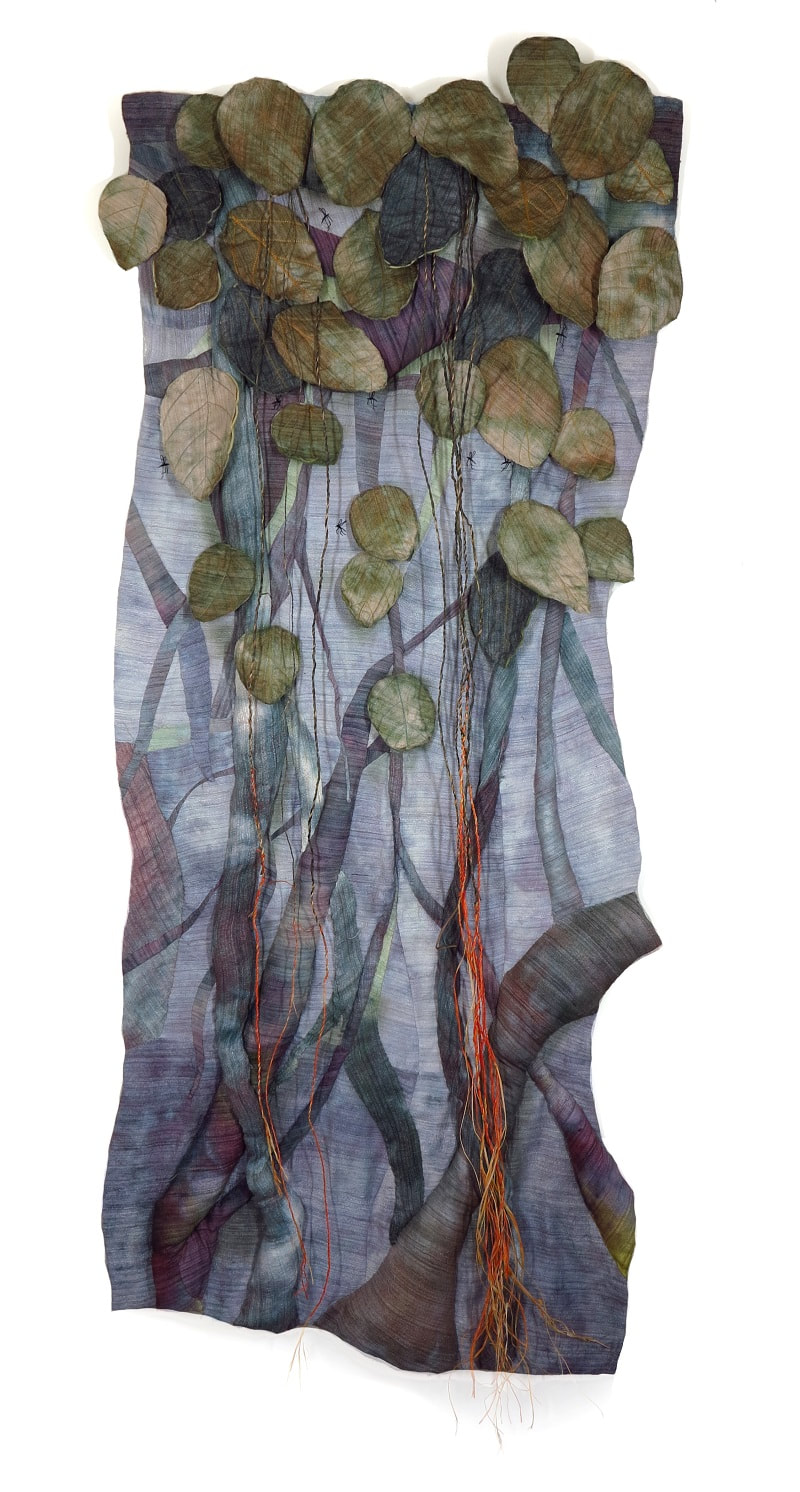
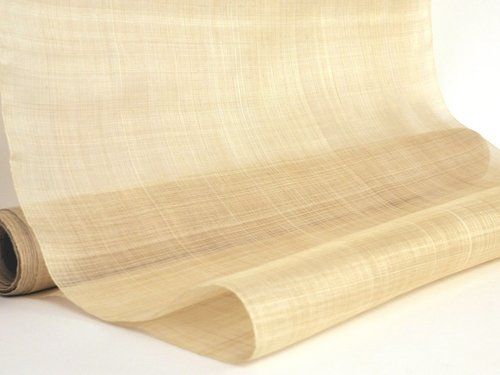
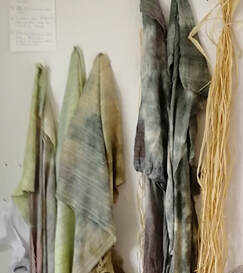
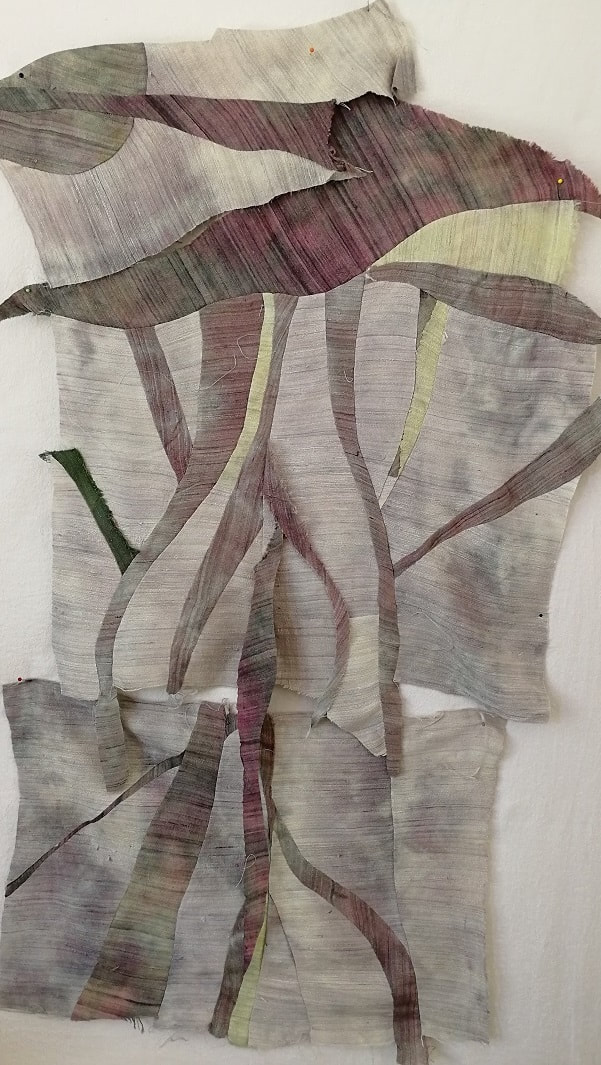
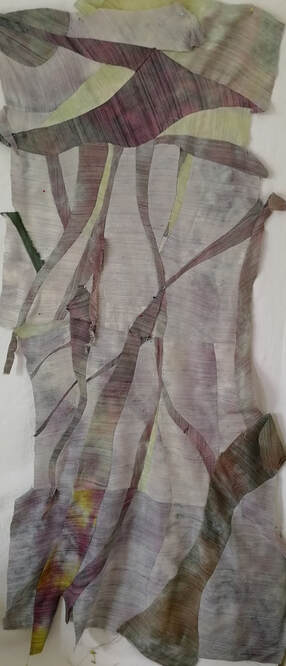
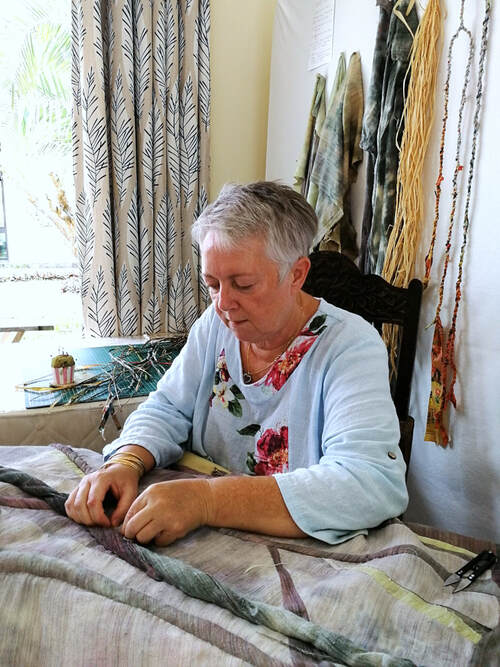
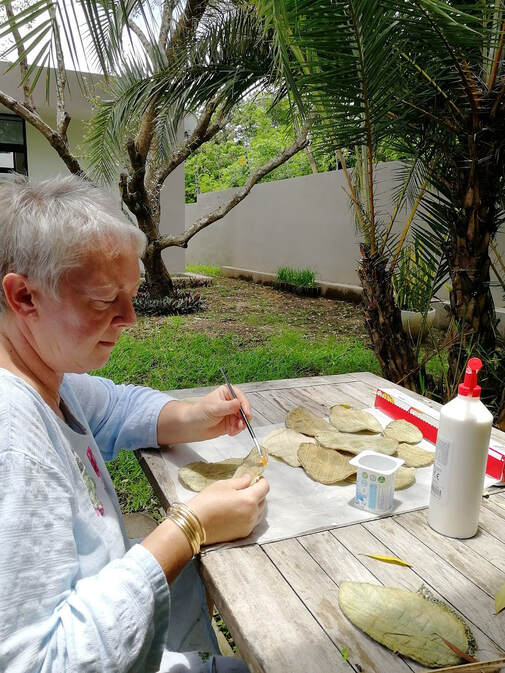
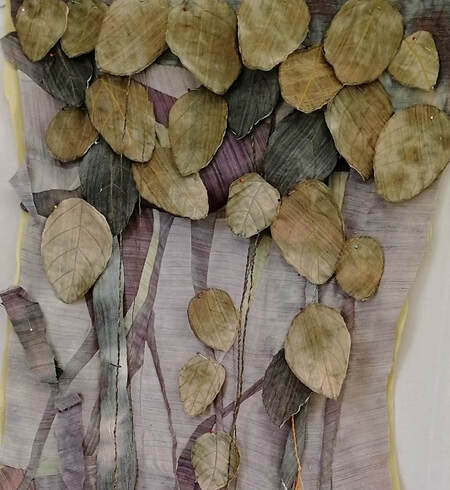
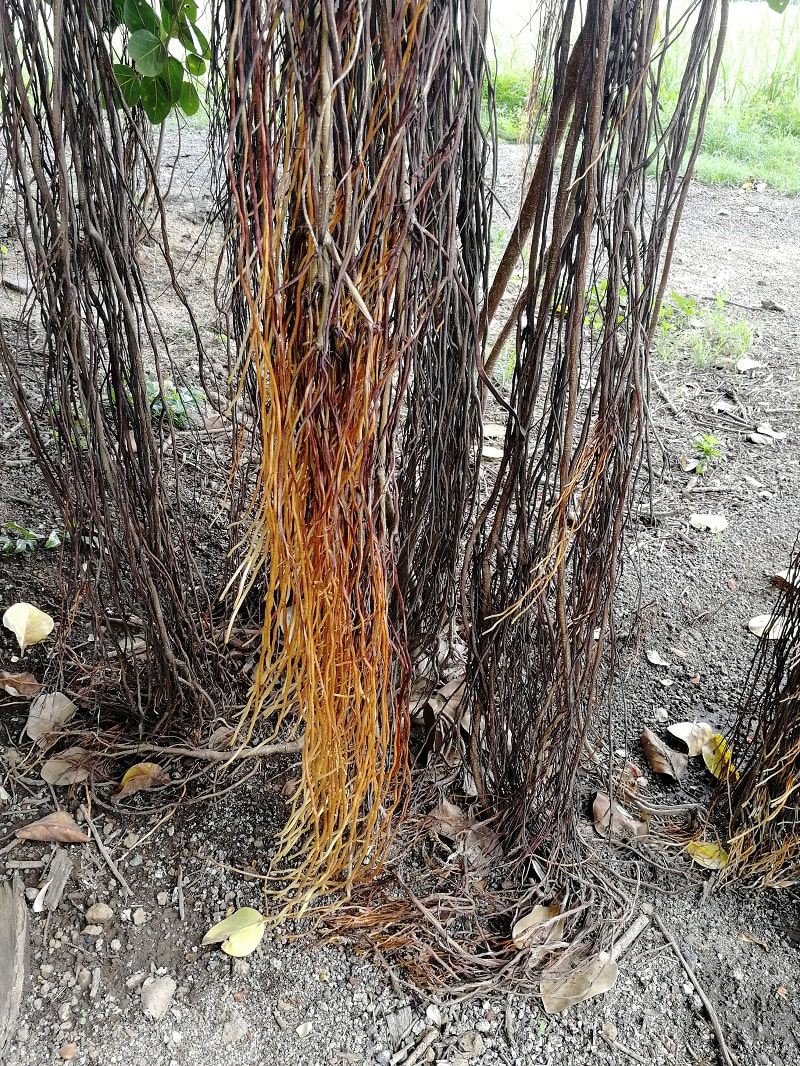
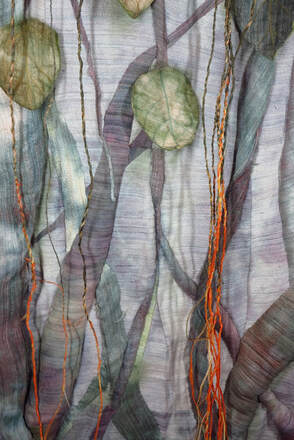



 RSS Feed
RSS Feed
